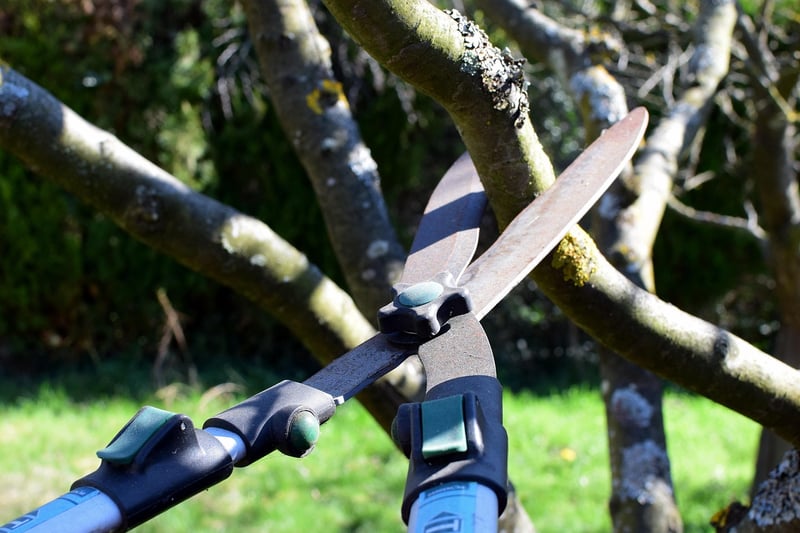Pruning Techniques
Keeping Your Garden Healthy: Essential Pruning Techniques
Having a healthy garden not only enhances the aesthetics of your outdoor space but also promotes plant growth and overall well-being. One key practice to maintain a thriving garden is proper pruning. Pruning is the act of selectively removing parts of a plant to improve its structure, health, and appearance. Here are some essential pruning techniques to help you keep your garden in top shape:
1. Regular Inspection
Start by regularly inspecting your plants for any signs of disease, damage, or overgrowth. Look for dead or diseased branches, crossing branches, and crowded growth patterns. Identifying these issues early on will help you address them effectively through pruning.
2. Tools of the Trade
Invest in high-quality pruning tools such as pruning shears, loppers, and pruning saws. Make sure your tools are sharp and clean to make precise cuts without causing unnecessary damage to the plant. Clean your tools after each use to prevent the spread of diseases between plants.
3. Proper Technique
When pruning, make clean cuts at a 45-degree angle just above a bud or lateral branch. Avoid leaving stubs as they can attract pests and diseases. For larger branches, use the three-cut method to prevent tearing the bark and damaging the plant.
4. Timing is Key
Understand the specific pruning needs of each plant species in your garden. While some plants benefit from pruning in the dormant season, others require pruning after flowering. Research the optimal timing for pruning different types of plants to promote healthy growth and flowering.
5. Shape and Structure
Prune to maintain the shape and structure of the plant. Remove any branches that are obstructing light or airflow, as well as those growing towards the center of the plant. Encourage outward growth by pruning to promote a balanced and open canopy.
6. Training Young Plants
Start pruning young plants early to encourage strong, healthy growth. Remove competing branches and shape the plant to develop a sturdy framework. Regular pruning during the formative years will result in a well-balanced and aesthetically pleasing mature plant.
7. Seek Professional Advice
If you are unsure about the pruning needs of specific plants or if you have complex pruning requirements, don't hesitate to seek advice from a professional arborist or horticulturist. They can provide expert guidance tailored to your garden's unique requirements.
By incorporating these essential pruning techniques into your gardening routine, you can promote the health and vitality of your plants, ensuring a beautiful and flourishing garden for years to come.

Image source: Pixabay
